How Can We Help?
Block Shapes
The blocks are designed in different shapes, each indicating one data type. The blocks can be connected to each other vertically like a jigsaw puzzle. mBlock adopts and improves the block shape reference from Scratch. There are of five shapes, as described in the following:
- Hat blocks
- Stack blocks
- Reporter blocks
- Boolean blocks
- Cap blocks
Hat blocks
A hat block is used to start a script and is always placed on the top of other blocks. Generally, a hat block looks like the following.

Each hat block uses its own way to activate a script, and therefore scripts can be executed separately at different time points.
Stack blocks
A stack block is a rectangular block that can fit on or under other blocks, with a notch at the top and a bump on the bottom. Generally, a stack block looks like the following.

Stack blocks are used to execute the main commands, and therefore are the majority among all the blocks.
Reporter blocks
Each reporter block contains a value that can be a numerical value or character string. Generally, a reporter block looks like the following.

A reporter block can be used in any script that requires data but can’t be used independently. A reporter block can be fit into another block as long as the slots fit.
Boolean blocks
A boolean block contains a condition, which can be either “true” or “false”. Generally, a boolean block is an elongated hexagon as shown in the following.

A boolean block must be put into the hexagonal slot of another block. It can’t be used independently.
Cap blocks
A cap block ends a script or project. It can be put only under all blocks. Generally, a reporter block looks like the following.

